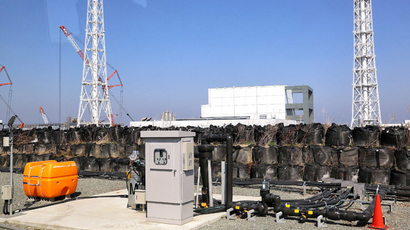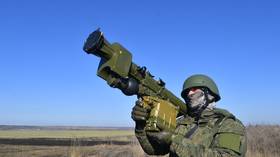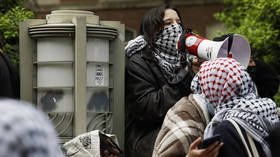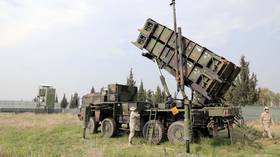Radiation from Fukushima spreads off US coast – monitor
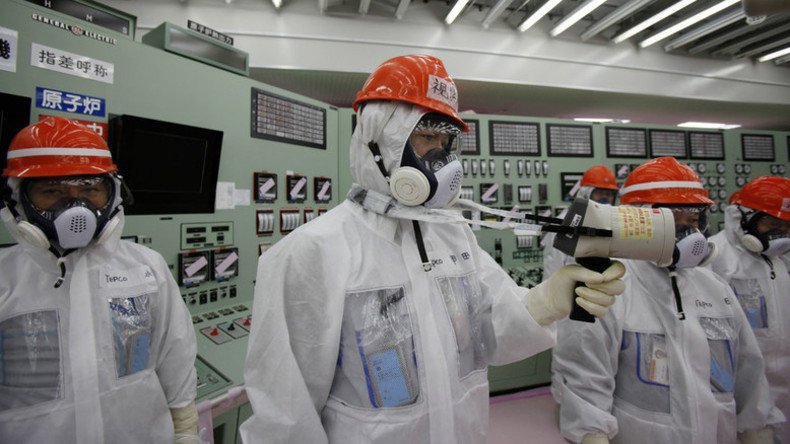
Radiation leaked by the damaged Japanese nuclear power plant in Fukushima has been found at an increasing number of sites off the US West Coast, a group monitoring the contamination says. One sample collected west of San Francisco displayed the highest level to date.
The Fukushima Daiichi nuclear power plant was crippled during the March 2011 quake and tsunami, releasing high amounts of radiation-poisoned water into the environment. Ken Buesseler, a marine radiochemist with the Woods Hole Oceanographic Institution (WHOI), was among the first scientists who started monitoring radiation leaks in the wake of the disaster.
The latest finds from Buesseler and his team include 110 new samples of seawater collected in the Pacific and reported on the Our Radioactive Ocean website. The scientists confirmed that radiation from Fukushima is present in previously unidentified locations, although the levels are currently too low to threaten human or aquatic life.
The highest level was detected in a sample collected about 1,600 miles west of San Francisco is 50 times higher than other samples collected along the West Coast so far, but it is still more than 500 times below the US government safety limits for drinking water.
“Despite the fact that the levels of contamination off our shores remain well below government-established safety limits for human health or to marine life, the changing values underscore the need to more closely monitor contamination levels across the Pacific,” Buesseler told phys.org.
On the bright side, the radiation may serve as a marker for scientists studying ocean currents and mixing in coastal and offshore waters, he added.
The group detected isotopes of cesium in seawater samples. One isotope, Cesium-137, which has trace presence across the Pacific, is the legacy of nuclear weapon tests of the mid-20th century, but was also released from Fukushima. Compared to Cesium-137’s 30-year half-life, Cesium-134 is short-lived, with a half-life of two years. This isotope serves as a “fingerprint” of the disaster, allowing scientists to calculate the amount of radiation by comparing the levels of the two isotopes in a sample.
